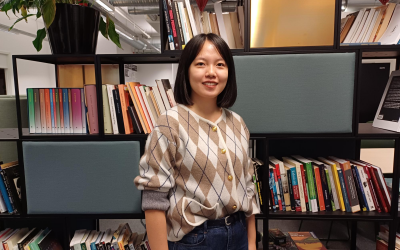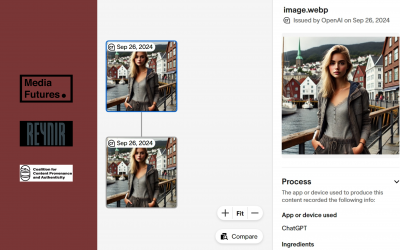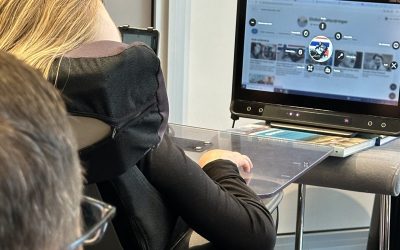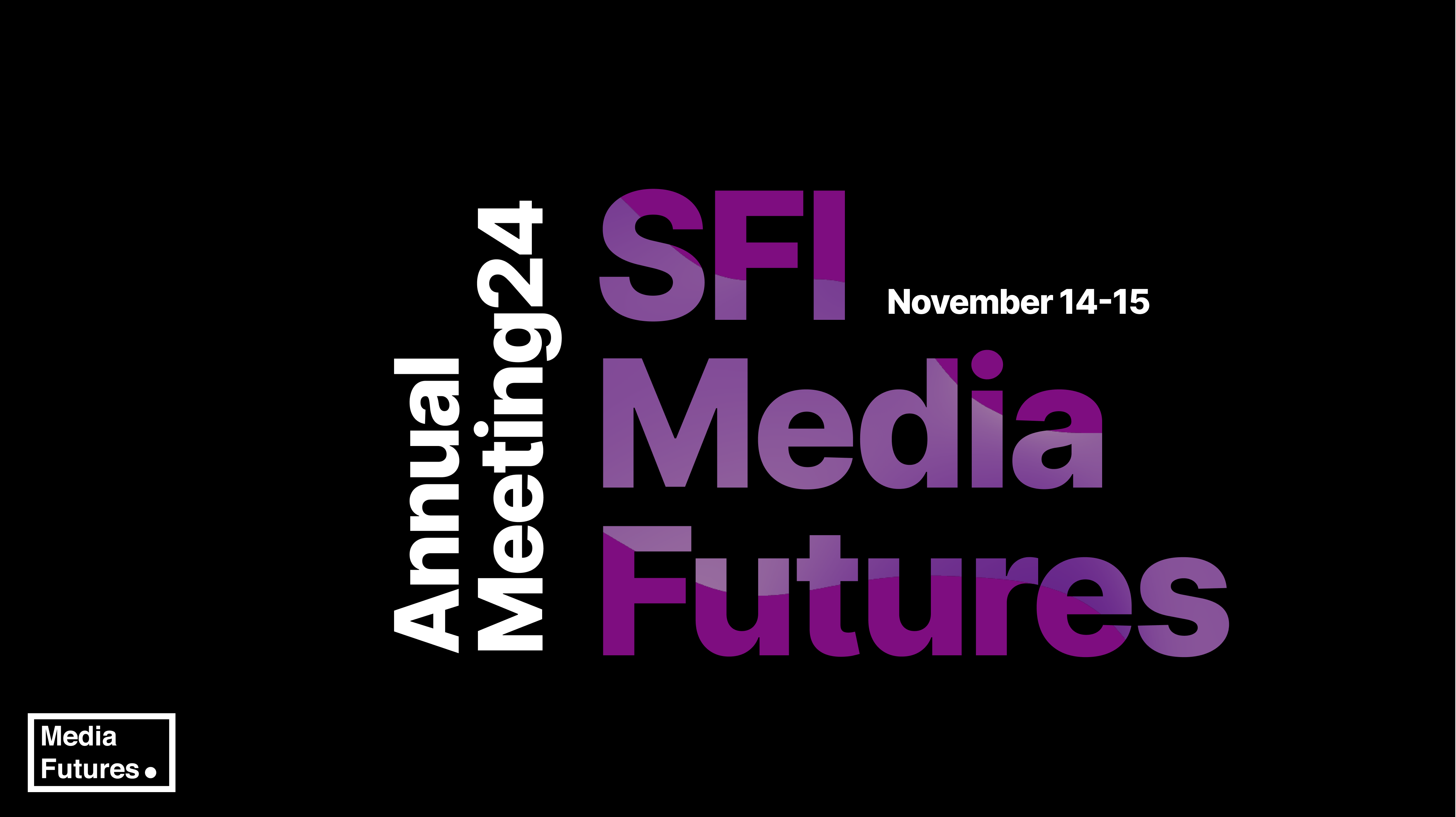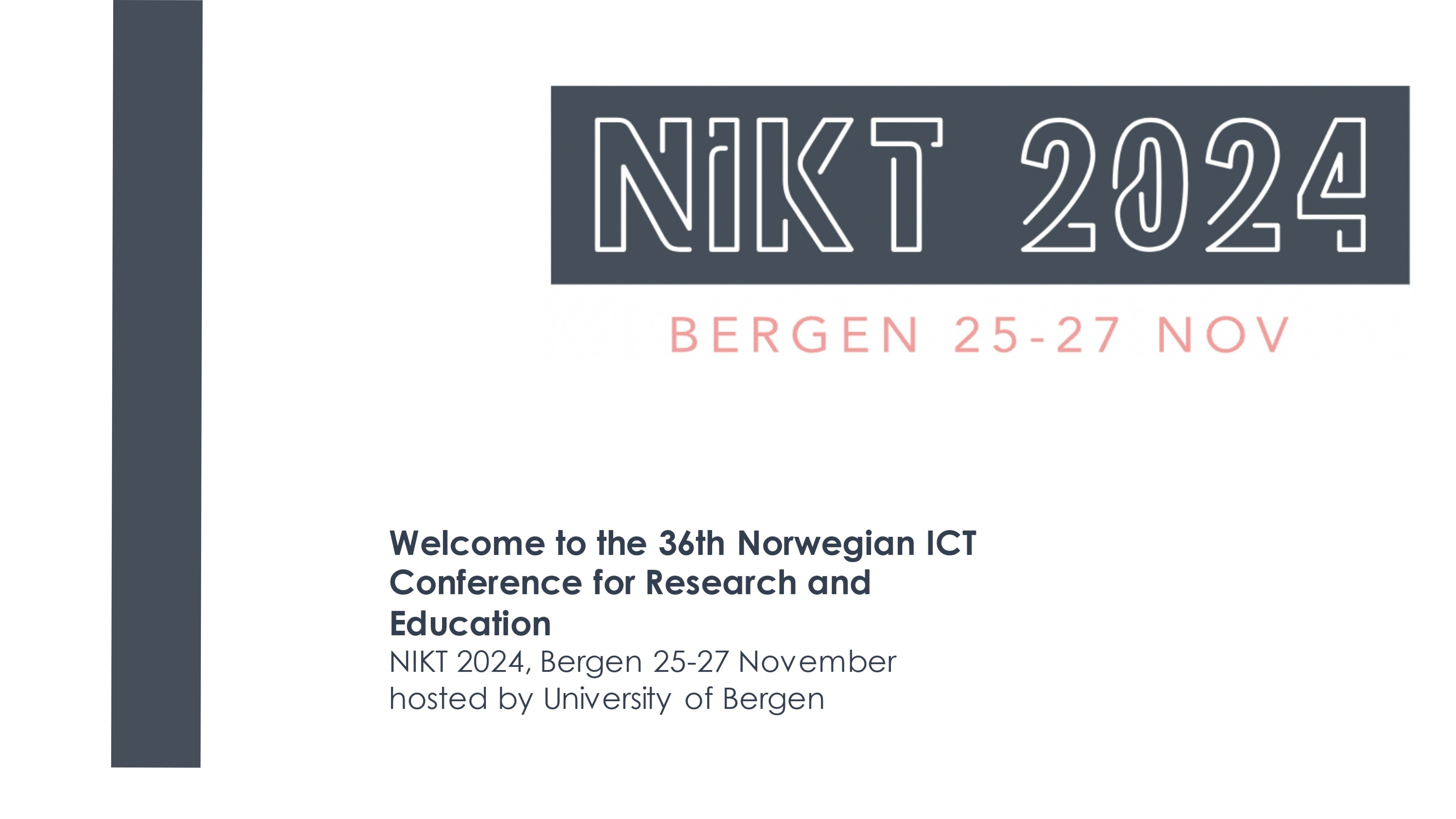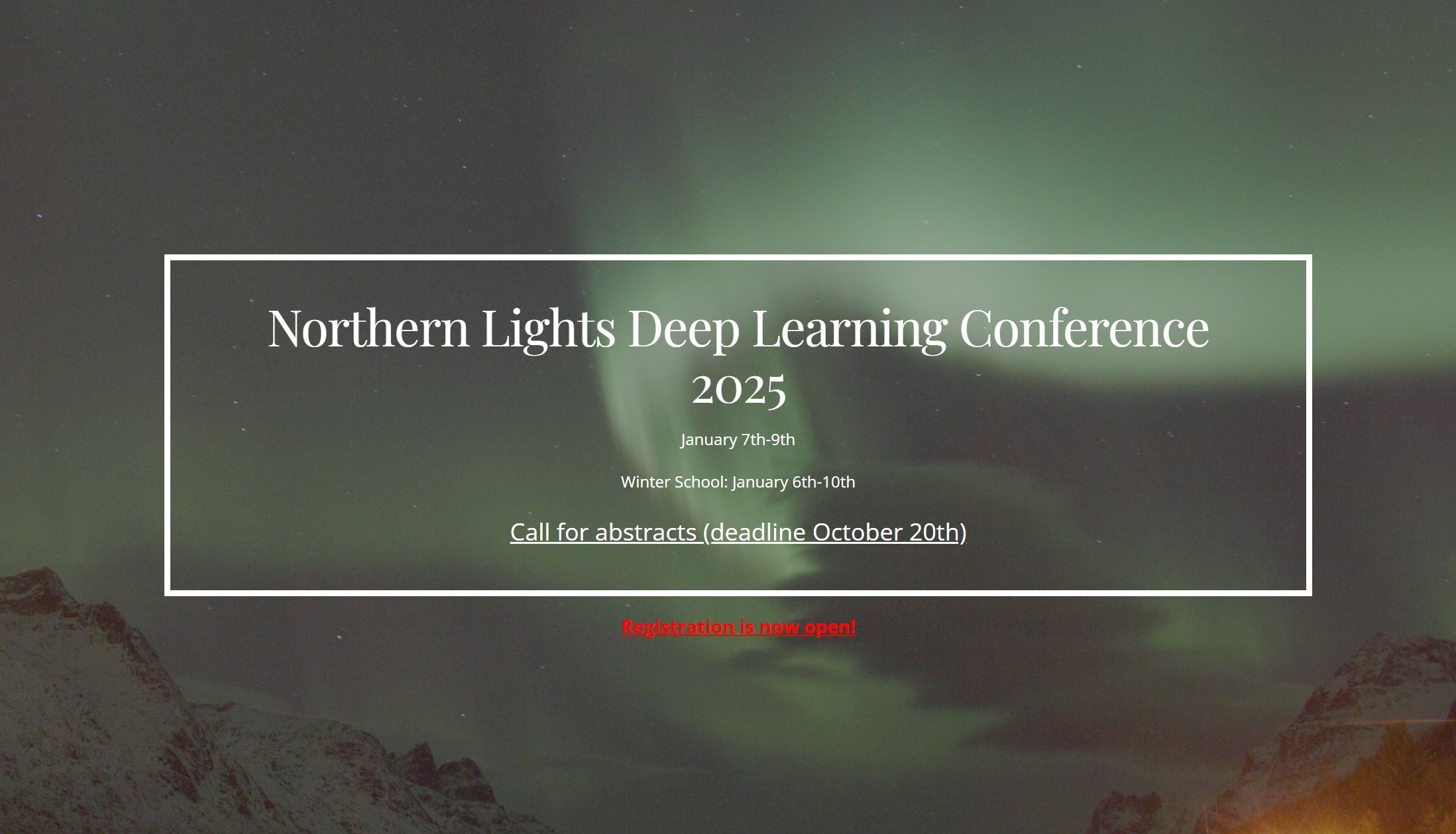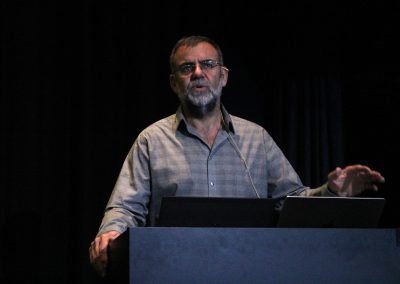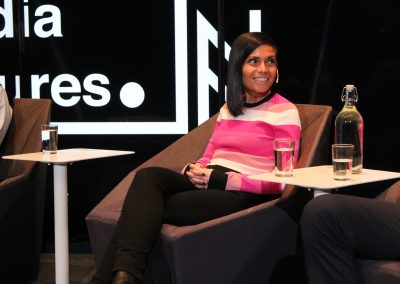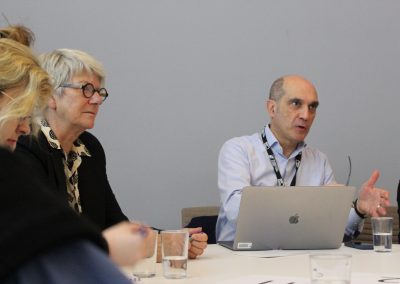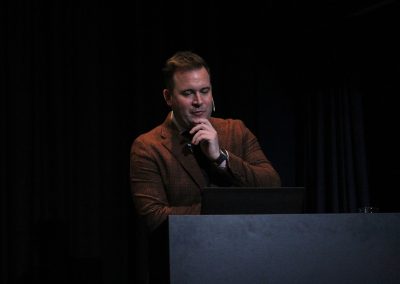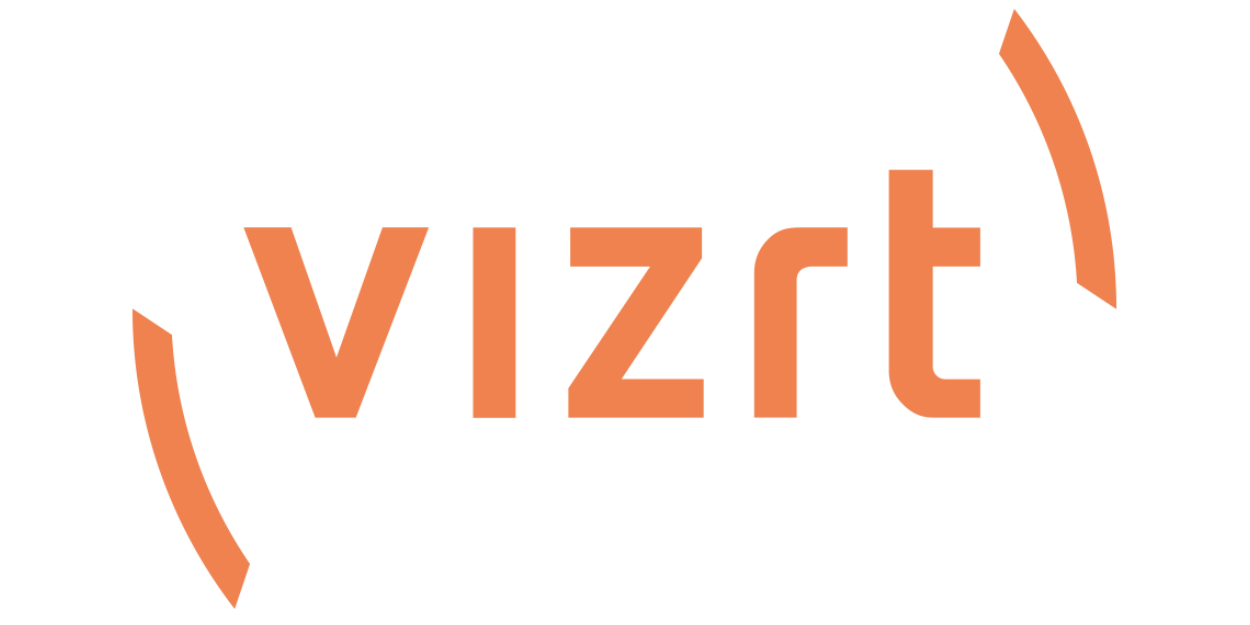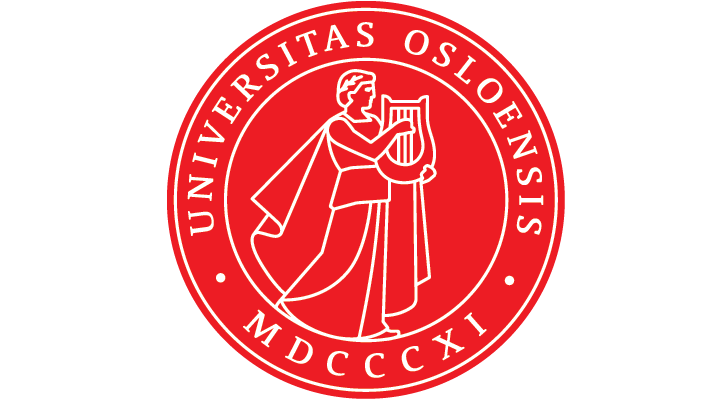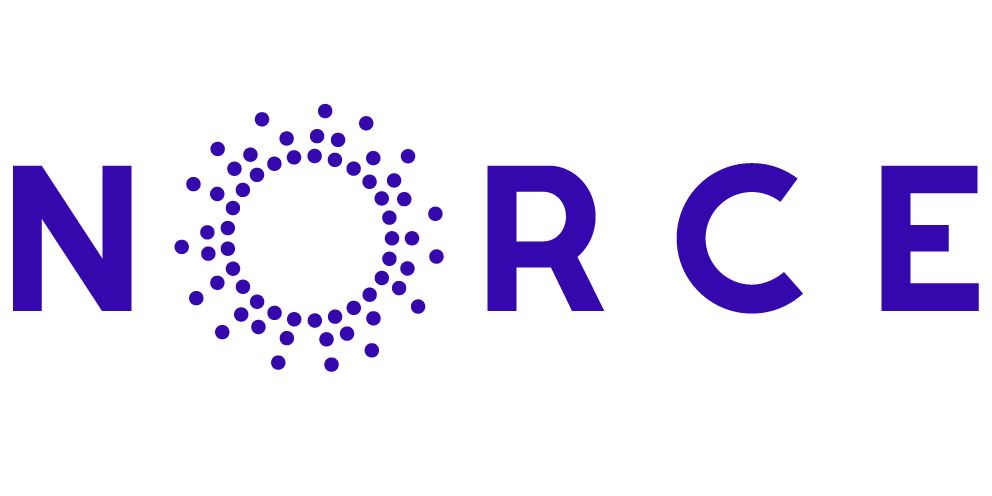News
Meet our new colleague: Jiajing Wan
We are excited to introduce Jiajing Wan, who has just joined us as a PhD candidate in Work Package 5! Hailing from China, Jiajing brings a solid academic background with a Master’s in IT & Cognition from the University of Copenhagen and a...
In the palm of their hands: Teenage boys and their smartphones as world making devices
MediaFutures PostDoc John Magnus R. Dahl has conducted a study of six Norwegian boys to understand how they integrate smartphones into their daily lives. His research focuses on the concept of "world-making," highlighting how boys aged 16 to 19...
MediaFutures at the forefront of C2PA standard
SFI MediaFutures plays a central role in Project Reynir, an initiative aimed at developing technology that enables media companies to trace and verify the origins of images and other digital content. By using the new standards from the Coalition...
How to advance accessibility of digital learning and media platforms
Around 50 researchers, PhDs and industry experts gathered on September 16. and 17. in Oslo to foster development of accessibility of digital learning and media platforms. Together with Schibsted Media and TV 2 Skole, MediaFutures WP4 for Media...
Upcoming events
UiB AI #12: Aligning AI with Human Values. Challenges and Solutions
UiB AI #12: Aligning AI with Human Values. Challenges and Solutions
Rethinking Trust: Unveiling the Dynamics of Trust and Distrust
Rethinking Trust: Unveiling the Dynamics of Trust and Distrust
Northern Lights Deep Learning Conference
Northern Lights Deep Learning Conference
Annual Meeting
Find us
Lars Hilles gate 30
5008 Bergen
Norway
Contact us
MediaFutures
Office@mediafutures.no
Responsible Editor:
Centre Director Prof. Dr. Christoph Trattner
Christoph.Trattner@uib.no
Copyright © University of Bergen 2024


